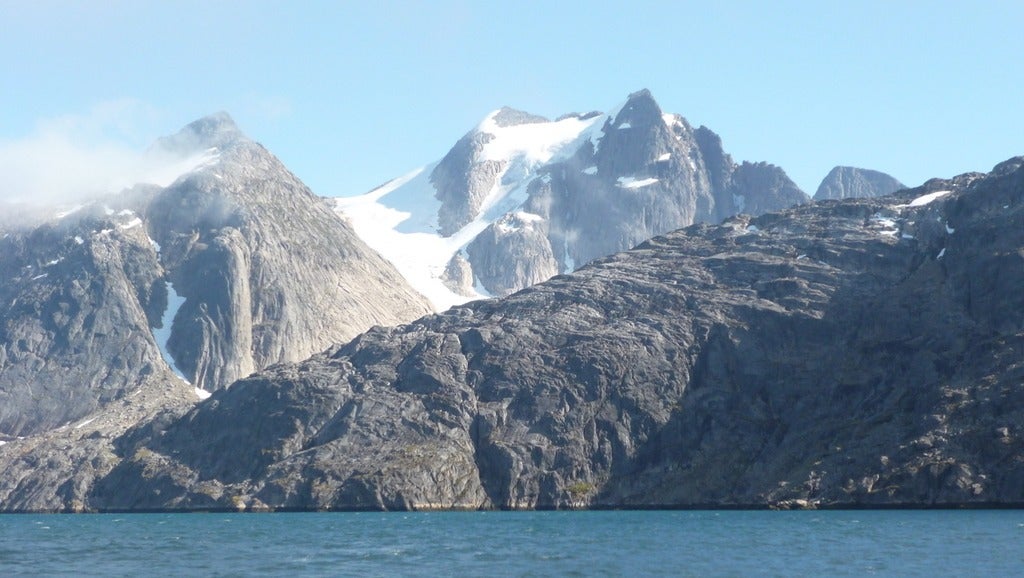New map shows where fracking-induced earthquakes could hit in Canada
Scientists from the University of Waterloo have developed a map showing which regions and population centres of Western Canada are likely to experience earthquakes induced by underground energy extraction.

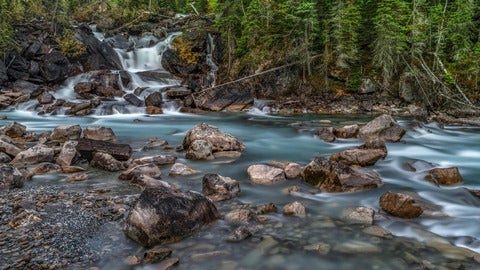
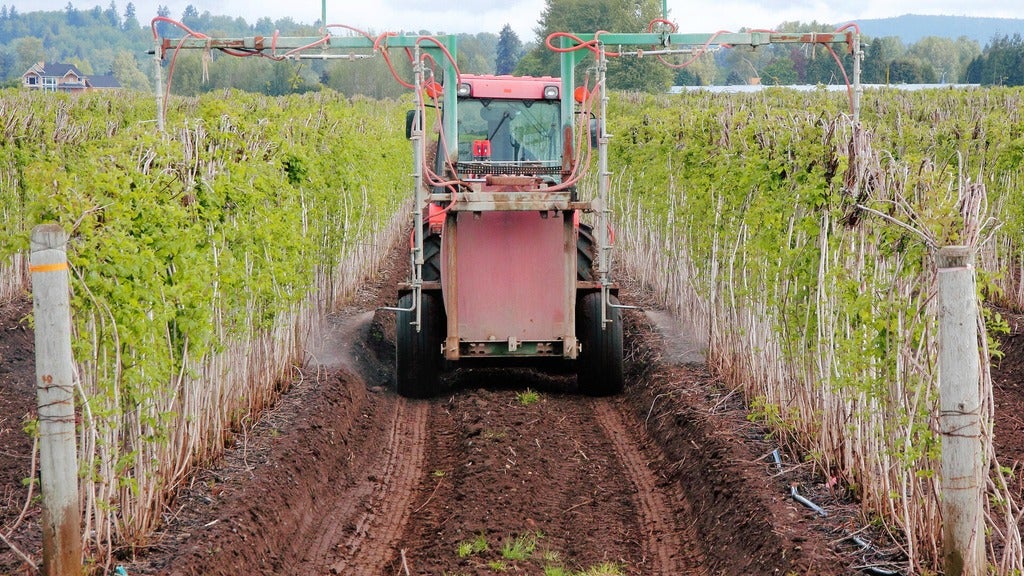
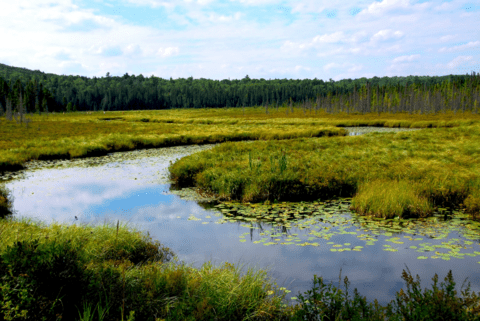

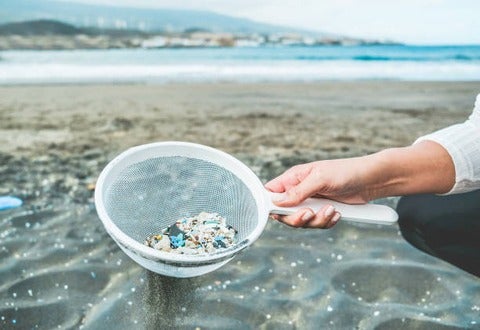
 Plastics pollution is a global environmental hazard with potentially harmful impacts on wildlife, ecosystem services, and human health and wellbeing. Microplastics in particular are of great concern because of their ability to be transported over great distances and absorb and disperse contaminants widely.
Plastics pollution is a global environmental hazard with potentially harmful impacts on wildlife, ecosystem services, and human health and wellbeing. Microplastics in particular are of great concern because of their ability to be transported over great distances and absorb and disperse contaminants widely.

